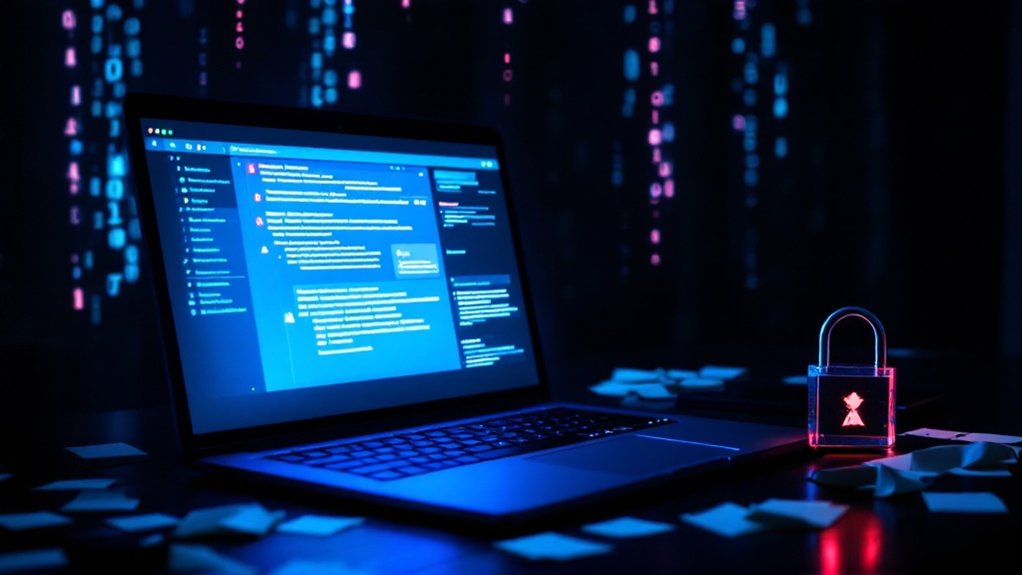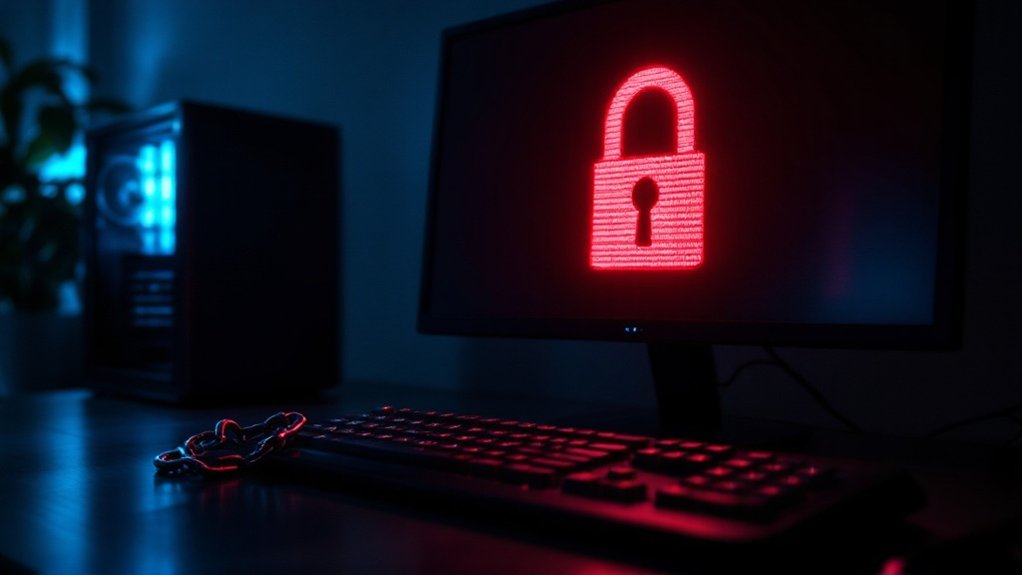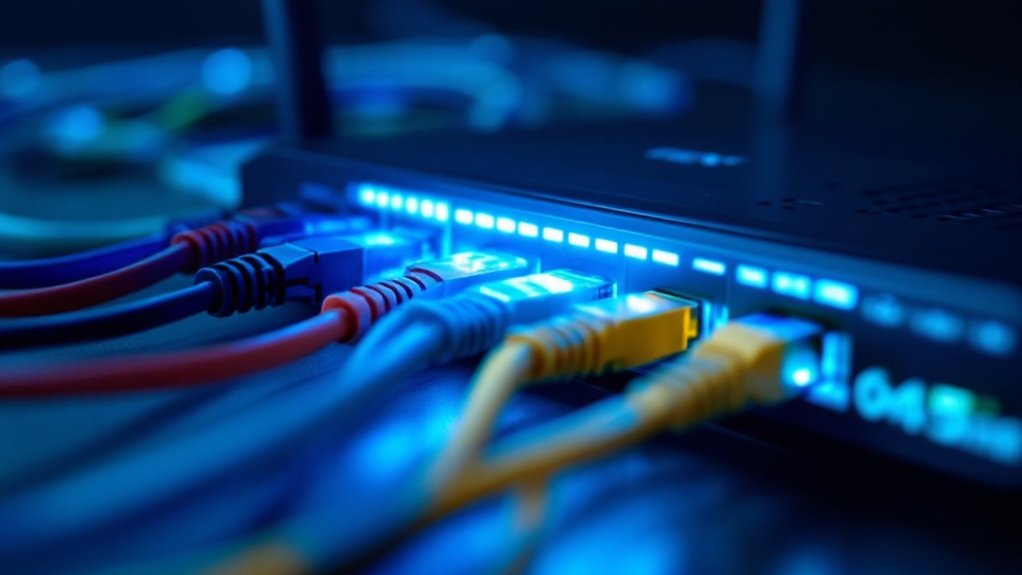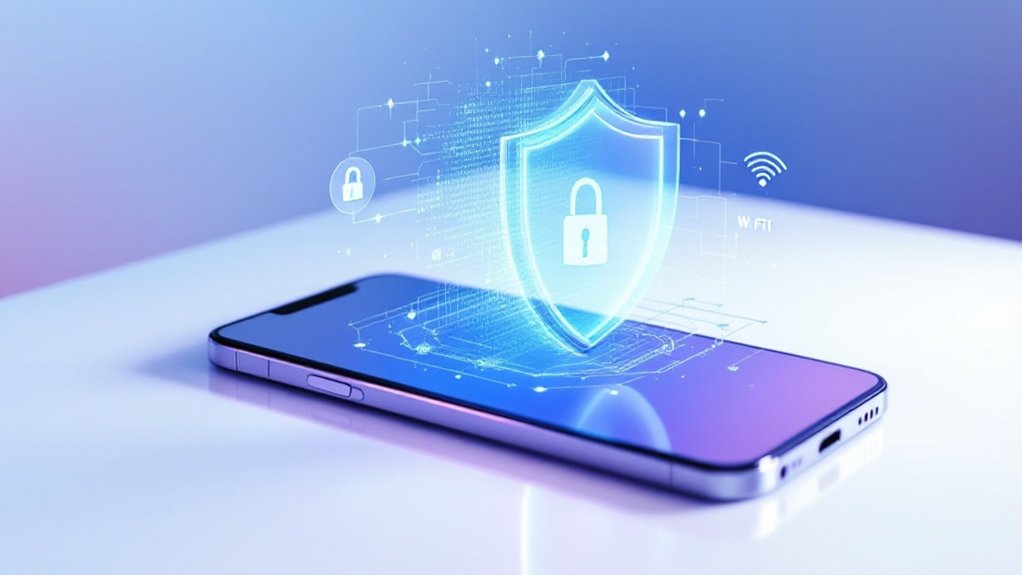Several telltale signs indicate email account compromise, including unauthorized login attempts, unusual sent messages, and unexpected security setting changes. Common indicators involve spam emails appearing in sent folders, login records from unfamiliar locations, missing or deleted messages, and security alerts from email providers. Friends and contacts may report receiving suspicious communications or requests, as connected services often show unexplained activity. Understanding these warning signs allows swift detection and response to minimize potential damage.
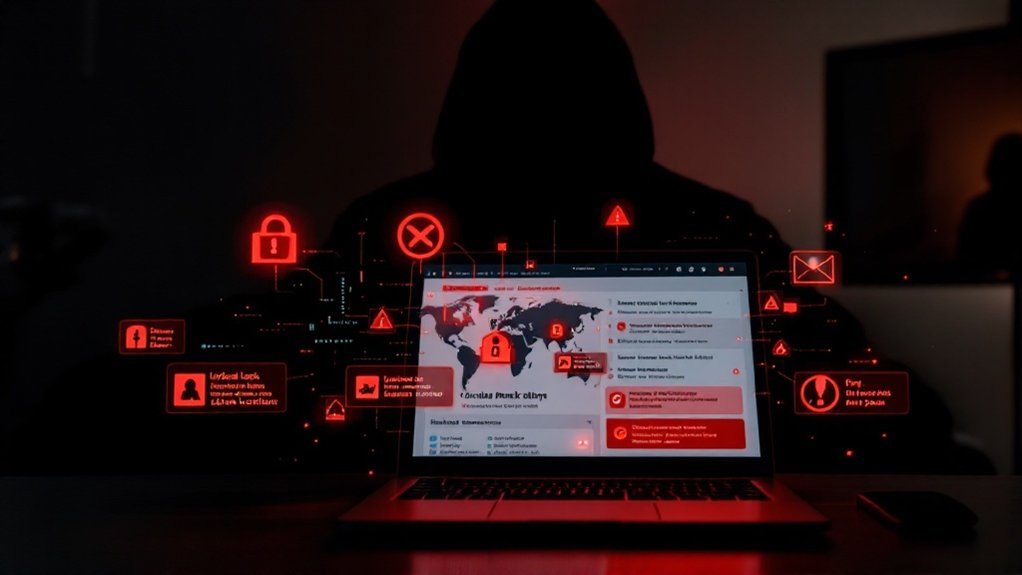
When an email account falls victim to hackers, numerous warning signs can alert users to unauthorized access. The most immediate red flag often appears when users attempt to log in and realize their password no longer works, their account has been suspended, or their security settings have been altered without their knowledge. Multifactor authentication can provide crucial protection against unauthorized access. Credit monitoring is essential to detect potential identity theft stemming from email breaches.
Furthermore, users may notice that their two-factor authentication has been disabled or their recovery contact information has been changed, effectively locking them out of their own account.
A compromised email account frequently exhibits unusual sending patterns, with spam messages appearing in the sent folder and bulk emails distributed to contacts at irregular hours. Security experts note that hackers often delete sent messages to cover their tracks, leaving suspicious gaps in communication records. Unexpected system slowdowns and frequent crashes may indicate malicious software running in the background.
Users should pay particular attention to login records showing access from unfamiliar locations or devices, along with unexpected changes to account settings, filters, or forwarding rules.
The inbox itself can reveal significant evidence of compromise through an influx of password reset notifications, bounced messages from unsuccessful spam campaigns, or missing important correspondence. Cybersecurity analysts report that hackers frequently create new email filters to hide their activities, while subsequently subscribing accounts to numerous newsletters to obscure important security alerts within a flood of messages.
External confirmation of account compromise often comes from contacts reporting suspicious communications. These may include spam messages, unusual requests for sensitive information, or unauthorized meeting invitations.
The impact frequently extends beyond email, affecting linked services such as social media accounts, financial platforms, and cloud storage systems, where unauthorized activities may manifest as unexplained posts, transactions, or file modifications.
Security alerts from email providers and antivirus software serve as critical indicators of potential compromise. These notifications, combined with data breach alerts and unexpected password change confirmations, should prompt immediate action.
Industry statistics indicate that compromised email accounts are often used within hours of breach, making swift recognition and response vital for minimizing potential damage to both the account holder and their contacts.
Frequently Asked Questions
Can Hackers Still Access My Email After I Change the Password?
Yes, hackers can potentially maintain access even after a password change through various methods.
Active browser sessions may remain valid until explicitly terminated, whereas email forwarding rules and compromised recovery options can preserve unauthorized access.
Furthermore, malware infections or compromised third-party applications connected to the account can provide backdoor entry.
To guarantee complete security, users must force-logout all sessions, review account settings, and implement two-factor authentication.
How Long Does It Take for Hackers to Crack an Email Password?
The time required to crack an email password varies greatly based on complexity and length. Although basic 8-character numeric passwords can be cracked in 37 seconds, 16-character passwords with mixed characters could take millions of years.
Statistical data indicates that 45% of passwords are compromised within one minute using advanced algorithms.
Password strength exponentially increases when combining uppercase, lowercase, numbers, and symbols, with length being the most important factor.
Will My Contacts Be Notified if My Email Is Hacked?
Email contacts typically do not receive automatic notifications when an account is compromised.
Nevertheless, they may notice suspicious activity through unusual messages, spam, or phishing attempts sent from the hacked account.
Security experts recommend immediately notifying contacts if a hack occurs, as cybercriminals often exploit contact lists to spread malware or conduct financial scams through seemingly legitimate communications from the compromised account.
Can Email Hacking Be Traced Back to the Perpetrator?
Email hacking can be traced through detailed analysis of digital evidence, including email headers, IP addresses, and authentication protocols.
Professional cybersecurity investigators employ specialized tools to examine digital footprints across platforms, though collaborating with email service providers and ISPs to track attack origins.
Nevertheless, perpetrators often use VPNs, proxy servers, and sophisticated techniques to mask their identity, making complete traceability challenging without extensive forensic investigation and legal intervention.
Does Using Public Wifi Make My Email More Vulnerable to Hacking?
Public Wi-Fi markedly increases email vulnerability to hacking because of its inherently unsecured nature.
On open networks, hackers can readily intercept unencrypted data transmissions through man-in-the-middle attacks and packet sniffing techniques. Research indicates that 56% of users connect to public Wi-Fi without password protection, creating opportunities for credential theft and unauthorized email access.
Using VPNs, enabling two-factor authentication, and avoiding sensitive transactions on public networks are critical security measures.
